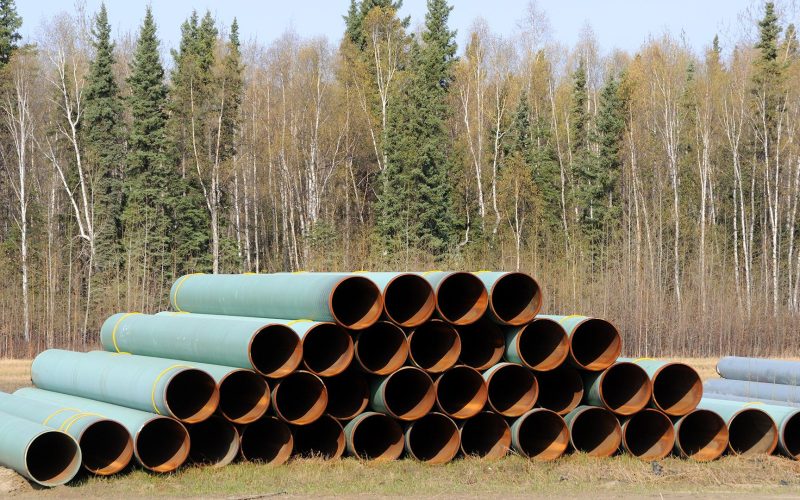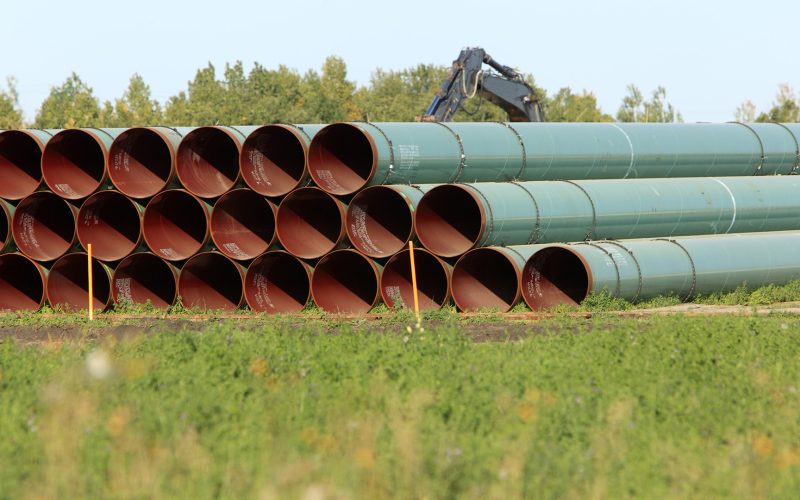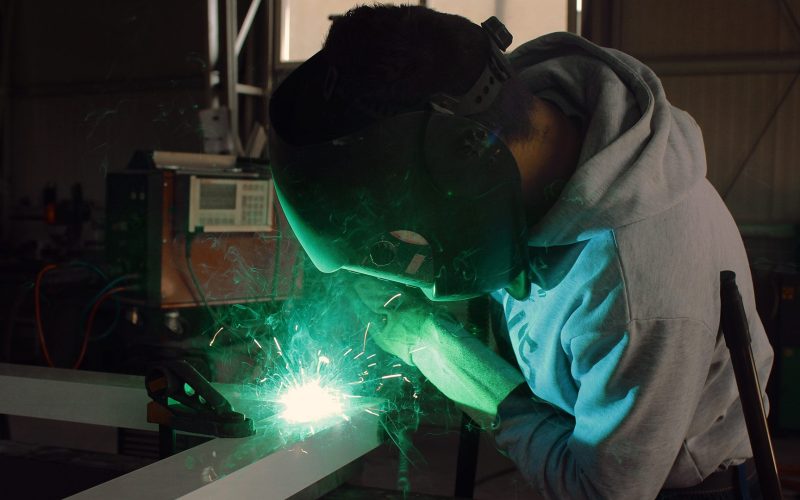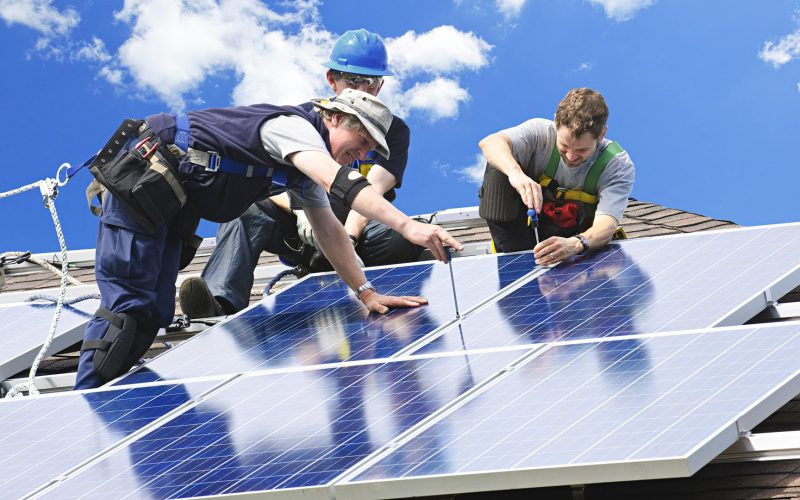THE VOICE FOR THE ENERGY CONSUMER

Alaska families and businesses depend on the jobs that come from our state’s abundant energy resources. However, recent federal actions closed the door to much of Alaska’s energy opportunities –.

CEA’s David Holt discusses the Offshore Technology Conference and the impact Sec. Zinke’s order will have on energy consumers. By setting in motion the directives given by President Trump, Secretary.

Michael Whatley recently discussed the importance of pipeline infrastructure and how Keystone XL would help alleviate rail and traffic congestion for Nebraskans. The volume of oil that could be moved.

CEA’s David Holt discusses current trends in electricity markets. Two interesting energy trends concern the electricity markets. Electricity providers are relying more on natural gas to meet electricity needs for.

Last year, the Obama administration released a methane rule that will negatively impact families and small businesses across the country, including right here in the Palmetto State. While Washington’s aim.

Last year, the Obama administration released a methane rule that will negatively impact families and small businesses across the country, including right here in the Grand Canyon State. While Washington’s.

CEA’s Michael Whatley discussed the Keystone XL Pipeline and the impact of the pipeline in the context of job creation. It will create 55,000 jobs here in Nebraska, and have.

During the West Virginia Manufacturers Association’s annual Marcellus to Manufacturing Development Conference, panelists discussed the importance of pipelines to West Virginia and the region. Since Marcellus drilling operations first began.

COLUMBUS — Consumer Energy Alliance (CEA) Midwest Executive Director Chris Ventura today issued the following statement following Governor Holcomb’s decision to sign Senate Bill 309, which adopts pro-solar policies while.

CEA recently hosted Sec. Zinke at the Offshore Technology Conference to further the discussion on how energy consumers are impacted by offshore energy exploration. Borrowing staging frequently used by President.